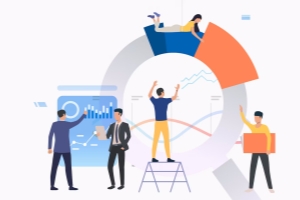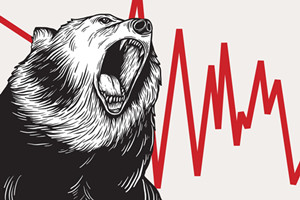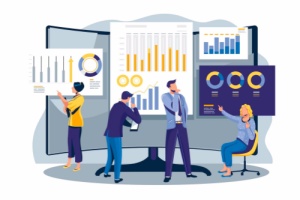Hello and welcome back to the Skills 360 podcast. I’m your host, Tim Simmons, and this is our 100th episode, so a big thanks to everyone for following along and helping us reach this milestone! Today we’re going to continue our look at problem-solving. In this lesson, we’ll focus on the process of solving problems.
Every problem is unique, of course, and may require a different approach. But when it comes to solving problems, many individuals, teams, or organizations are incredibly inefficient. In some cases, problem-solving is downright chaotic. Fortunately, we can mitigate the chaos with a structured, phased approach.
The first step should always be analysis. This is where the analytical skills we discussed in our last lesson come into play. What are its causes? What information do we have about the situation? Are there different perspectives on the problem?
Once we’ve gathered information, we can develop a shared understanding with relevant stakeholders. We need to get everyone on the same page before we dig into solutions. Otherwise, we’ll be entertaining a lot of ideas that simply aren’t feasible, or acceptable. This analysis and shared understanding is the foundation for every other step of the problem-solving journey.
With this understanding, you can move on to define your goals. Many failed problem-solvers skip this step. They go right to solutions without first contemplating what a good solution might look like. What are the parameters for the solution? What are the parameters - including timeline and budget – for the process of problem-solving? And who’s accountable?
Defining your goals and guidelines this way will help focus your energies. And you’ll have criteria that will factor in a bit later in the process. And once again, if this is a group or organizational process, then everyone needs to be on the same wavelength.
Only now, in step three, should you begin to explore possible solutions. And this is where you can activate the creativity that we talked about in our last lesson. At this stage of the game, you want a diversity of possible solutions. To get that diversity, try involving different people, even those who may not be close to the problem. They may have greater clarity on the issues if they don’t have a stake.
Another trick to getting a multitude of various possibilities is to separate idea generation from idea evaluation. This is, in fact, the number one rule of brainstorming: “there are no bad ideas.” Again, you’ll have to resist the temptation to skip ahead. You may want to evaluate each idea as it comes out. But don’t! Just focus on generating the ideas and hold off on assessing them until the next step.
And the next step involves choosing the best solution. This is where your decision-making skills kick into gear. Note that I said the “best” solution. That means it’s optimal given the circumstances. There’s no perfect or ideal solution. If you think there might be, then you’re going to get stuck.
The optimal solution is one that fits the criteria you established in step two, when you set goals and parameters. It is also the one that takes into account the information and perspectives you looked at in the analysis phase. The right solution is the one that is feasible, effective, and acceptable to those affected.
This last point is worth underlining. If you cook up a solution but don’t have buy-in, you’re creating a new problem for yourself. There may be times when you have to sell an unpopular idea because you know it’s the best option. But you’ll generally have a better chance of success if other people are willing to endorse the solution. And that will happen much more naturally if they were involved at each step of the process.
There’s one more step in problem-solving that’s easy to forget: evaluation. Many people and organizations stumble from one thing to the next without stopping and taking a moment to reflect. So find the time to debrief. Get people together and review the process. Did the solution work? Was it the right one? Could you have done anything differently? And might this solution work for other problems?
These questions, and this entire process, will only serve to strengthen your problem-solving skills. Problems can’t be avoided, as you well know. Every team, and every person, will face them. But instead of floundering, take the time to find the optimal solution. Reduce the guesswork. Engage other smart people. And, step-by-step, you’ll become a better problem-solver.
That’s all for today. So long. And see you again soon!















